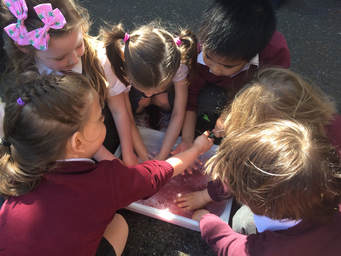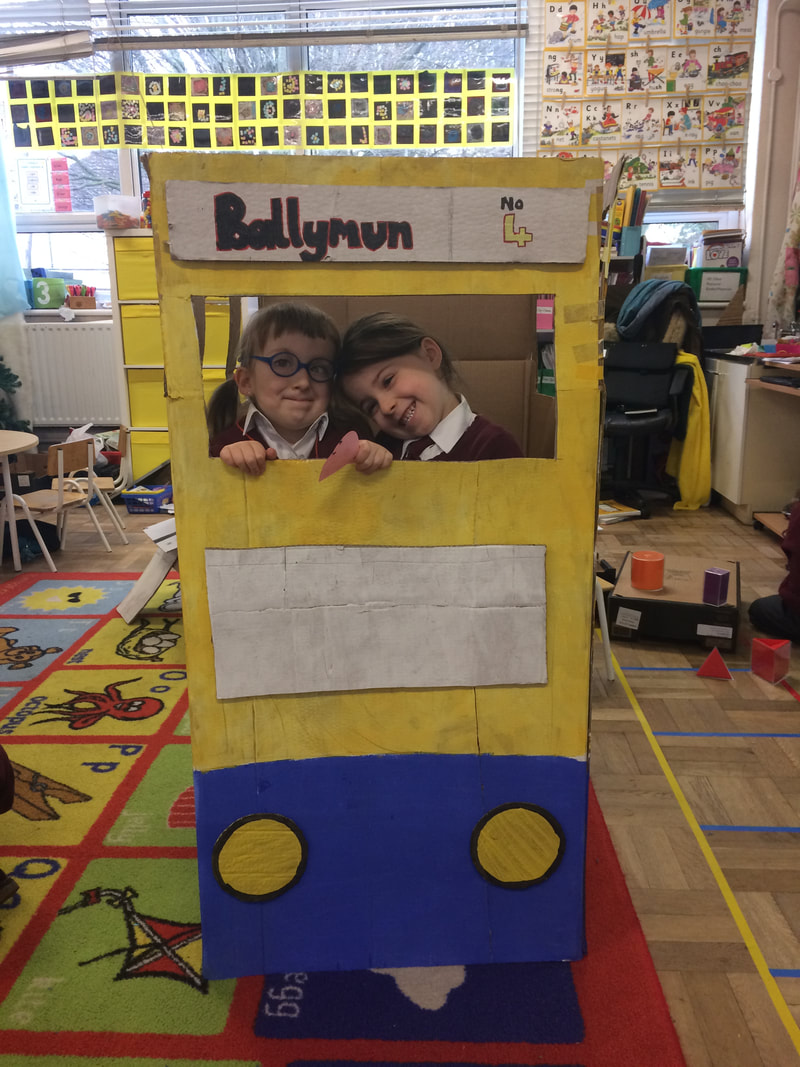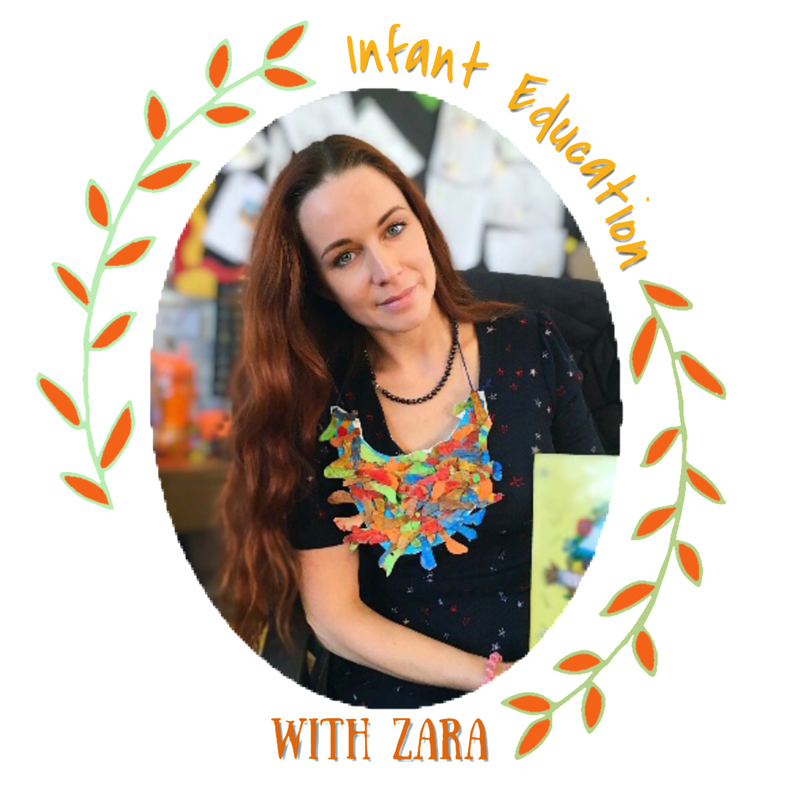Aistear organically allows for child-led differentiationAistear organically allows for child-led differentiation. Children have the freedom to choose where are they want to play, with whom they want to play and how they want to play. With practice they will learn to challenge themselves, become more adventurous and test their own limits and abilities. It also allows for the child to set their own learning pace, a child who finds social interaction more challenging can slowly build confidence until they feel ready to become more involved in group play. Aistear is a language rich hour where each child is immersed in topic specific language, children tend to become more confident as a given topic develops and becomes more involved in verbal interactions with their peers. Plenty of discrete oral language lessons and guided role-play will support children’s play.  There are also plenty of opportunities for teacher led differentiation during the Aistear some of which I have listed below. Teaching style - A playful methodology, Aistear will suit most children’s learning styles. But some children may find it difficult because they find it hard to mix with other children. They will stick to an area where they feel in their comfort zone, often choosing to play alone or with the same child each day. It is important to allow children a period of time to adapt to the freedom of Aistear and the expectations of group play. Over time you will gently encourage a child to become involved in a group play situation, but never force a child into one. They'll do it when they're ready. Task - various activities allow children to choose the level of complexity of their play (the more challenging task of working in the ticket office v’s playing in the small world). The expectations of each child will vary depending on their abilities. It is worth recording the stations where the children play over the Aistear hour/week/month so you can see how the progress. (get your sample tracking sheets) Pace – As soon as you feel your class is ready, change your Aistear from a rotating group system to a free choice system. The children are given the opportunity to choose how long they want to spend at any given task and also have the option to decide whether they would like to return to a task the next day. Allowing children to invest time into their choosen play area is fundamental if you want children to get the most from Aistear. Interest - The stations should be devised in consultation with the children, incorporate their own ideas and interests. Allow the children to choose how the play areas should be resourced. Occasionally the children like to bring in their own toys to add to a station. This is particularly nice for children who find it difficult play with others as a new toys will always be received with enthusiasm by the other children, encouraging the child to join into group play with a little extra confidence. Support – Once the Aistear rules and routines are established teacher’s interference should be minimal during the hour of child-led play. Most of your modelling and language teaching should be done in discrete lessons at other times during the day. If you do decide to join in, you should do so in a fun, playful and childish manner while all the time modelling good use of language. But resist the urge to tell children how to play, trust me, their the experts here. Gentle suggestions work best if needed. Times for support during the play hour:
Resources – you should provide resources for every ability level at the different stations. Response – children will show different levels of ability, comprehension and sentence structure when discussing plans/reviews with their peers or teacher, you can record and scrub them for assessment. Also your questioning will vary depending on the language and comprehension abilities of the child.
0 Comments
Your comment will be posted after it is approved.
Leave a Reply. |





 RSS Feed
RSS Feed